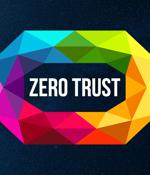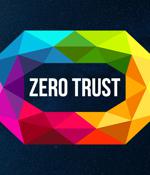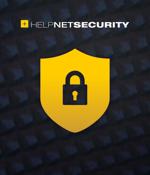Security News

The massive shift from working in an office to working at home has highlighted many security and connectivity challenges. It's critical for organizations to enable secure access from anywhere to any application - while applying consistent security policies.

The zero-trust network security model has become a pervasive topic for IT professionals. Many organizations have a vision of what they want or need in terms of zero-trust and zero-trust network access, but the completeness of their vision isn't necessarily being translated into the solutions they're able to put in place.

Authenticating an API requires the developer to have a complete understanding of the transaction - from the user interaction through to the outcome - so it requires them to go beyond the limits of the API specification itself. These range from HTTPS and a username and password to API keys which generate a unique string of characters for each OAuth authentication request, which sees developers use a well-known authorization framework to automatically orchestrate approvals.

The answer: Adopt a zero trust approach to cybersecurity. The guide explains how your organization can design a zero trust implementation strategy, select an appropriate methodology, assemble the right tools, and execute the implementation plan for successful zero trust adoption.

In this Help Net Security video interview, George Finney, CSO at Southern Methodist University, talks about his latest book - "Project Zero Trust: A Story about a Strategy for Aligning Security and the Business". Presented in the form of a fictional narrative involving a breach at a company, the book tracks the actions of the company's new IT Security Director.

The answer: Adopt a zero trust approach to cybersecurity. The guide explains how your organization can design a zero trust implementation strategy, select an appropriate methodology, assemble the right tools, and execute the implementation plan for successful zero trust adoption.

Cybersecurity is a serious concern for every organisation today. With 61% of cyberattacks now involving stolen or weak credentials, IT and Security leaders face immense pressures to close the gaps that let bad actors in and protect their customers, workforce, and reputations from harm.

There is a practical zero trust model for data security every company can follow with such a model heeding data access at the start. There are many reasons why companies need to consider a unified, zero trust approach to their data access as part of their data protection strategy - both in terms of value and risk.

ThreatLocker has announced the launch of its newest software add-on; an in-cloud learning feature that will help businesses to strengthen their zero trust security posture. When users request new applications after the endpoints have been secured, system administrators need to make a judgement as to whether to allow the application.

Since incorporating controls for device health and trust at the application layer, our ability to react to device risk has substantially improved. There are approximately 2.6 million device health checks automatically conducted per month.